As a business owner, you never stop learning! When you run your own boutique, there are always new terms, skills, and sales tactics you can explore to help your business grow. In this post, we’ll offer an overview of some common terms and key concepts in wholesale clothing that can help you navigate the waters of small business as a boutique owner. Ready to dive in?
Minimum Orders Are Important
If you’re new to the world of fashion retail, you might not know much about minimum orders for wholesale clothing—but these requirements often dictate your financial decisions and inventory management plan. Ordering wholesale clothing isn’t quite the same as just popping into a shop and picking your favorite items off the rack; you’ll need to be prepared to meet your wholesaler’s order minimums by purchasing larger quantities of items. In most cases, wholesalers require you to place a larger initial order, and then allow you to replenish your inventory with smaller reorders once you’ve sold through your stock.
If you’re just starting out or have financial limitations that make it difficult to meet order minimums, dropshipping might be a great fit for you. In a dropshipping model, boutique owners like you rely on a manufacturer or wholesale clothing purveyor to produce merchandise, store it in their warehouse, and ship it when the retailer makes a sale. They handle the logistics of production, inventory and shipping, while you handle marketing, customer service, and website management. There’s no initial inventory investment in a dropshipping model—and thus no concern about order minimums—so it can be the perfect way to test out your business concept or any new products before you make a big purchase.
The Value of Established Products
If you’re a new business owner, there are a few major benefits of working with an experienced wholesaler that you might overlook. The biggest one is access to established products and preexisting brand reputations. When you work with a quality wholesaler, their best-selling products have a long history of success in the market and an established brand identity. Thanks to a track record of good sales, you can feel confident in adding these products to your inventory. In addition, you’ll be able to provide your customers with items from a maker they may already know and trust, which simplifies your marketing strategy.
Wholesale vs. Private Label
You’ll often hear clothing retailers use the terms wholesale and private label to describe their offerings, and they’re referring to two very different types of merchandise. As a boutique owner, you’re probably familiar with wholesale clothing, which comes to you from the manufacturer without your own branded tags and can be sold to other retail businesses, too. Wholesale clothing is widely available and easy to purchase for your boutique, but won’t have any branding that’s unique to you.
By contrast, private label clothing is product made specifically for you. Private label manufacturers work with you to design and make unique items, which can also be branded with your boutique name. While private label products allow more creative control, they’re also much more expensive and difficult to manufacture—and they usually require large order minimums. For most boutique owners, wholesale clothing is far more cost effective and logistically manageable.
MSRP vs. MAP
There are lots of terms and acronyms to keep in mind when it comes to pricing for wholesale clothing. Here are the two most important ones to keep in mind when setting prices in your boutique:
MSRP (Manufacturer’s Suggested Retail Price): The price a vendor or wholesaler recommends an item should be sold for in-store. This is just a suggestion, and you can adjust accordingly for your boutique’s audience and sales goals.
MAP (Minimum Advertised Price): This price is also dictated by a vendor or wholesaler, but it’s more firm. As a retailer, you aren’t allowed to offer the product at a lower price than the wholesaler’s MAP. This type of pricing is usually instituted to protect the wholesaler’s reputation and stabilize a pricing structure with their entire client base.
What’s a Keystone Markup?
Here’s another vocabulary term to keep in your back pocket when you’re doing financial planning for your boutique: keystone markup. You might hear this term thrown around in relation to pricing and profit margins, so here’s what you need to know. Put simply, a keystone markup is a pricing method in which retailers price an item for resale at double the wholesale cost, or a 100% markup. For example, a keystone markup on a wholesale item that costs $5 would be $10 retail.
While a keystone markup may be a simple way to calculate wholesale vs. retail pricing, it’s not a one-size-fits-all model. When deciding on your markups, keep in mind the relative prices of other items in your clothing or accessory category, and make sure your pricing doesn’t make you the most expensive boutique in town for similar items.
What else do you want to know about wholesale clothing? Share your questions below!

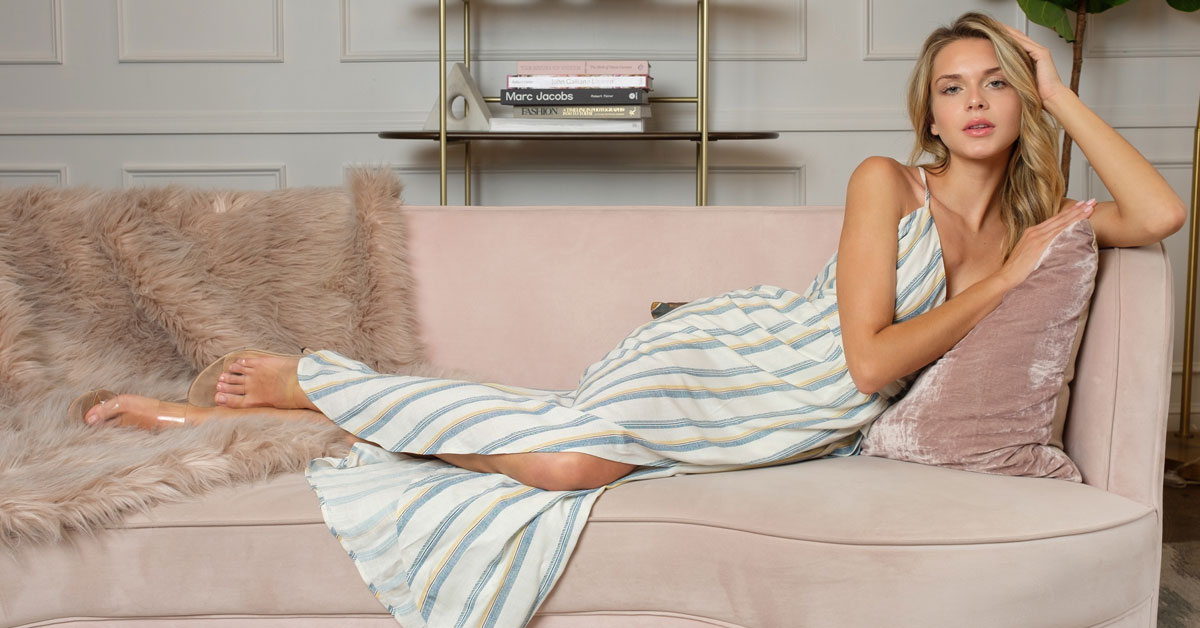

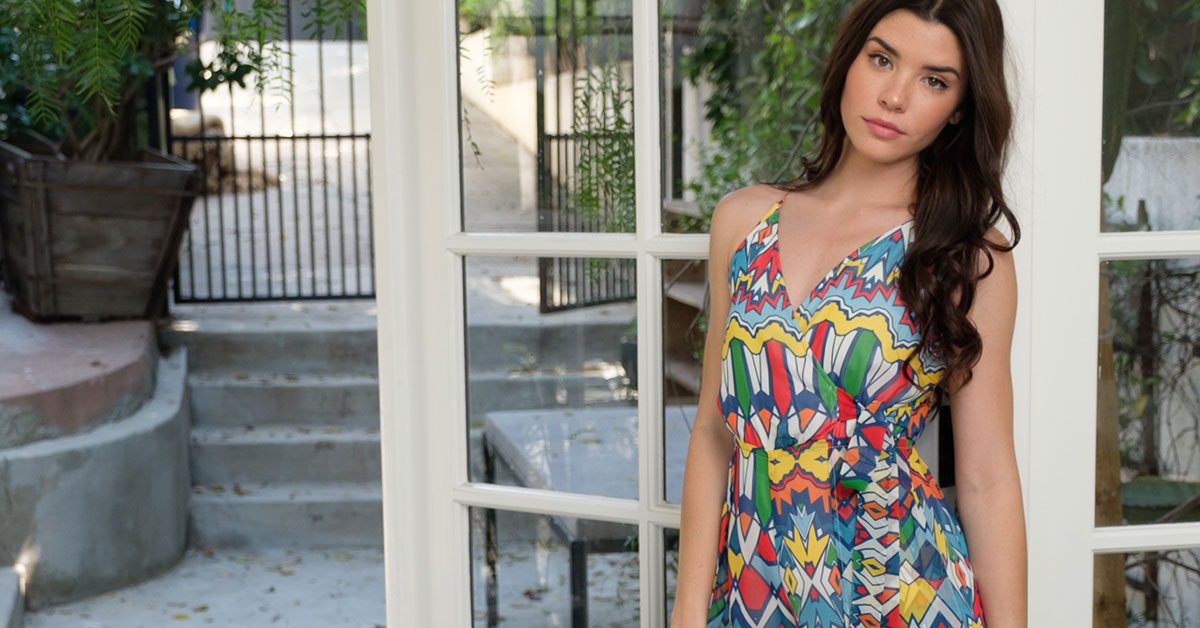
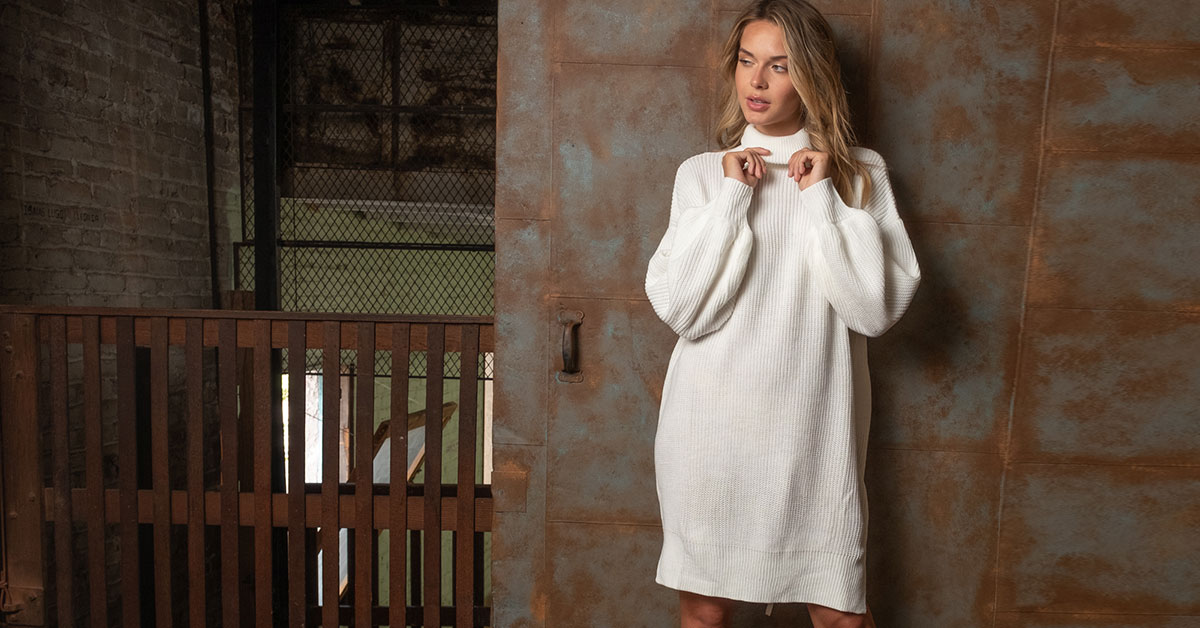
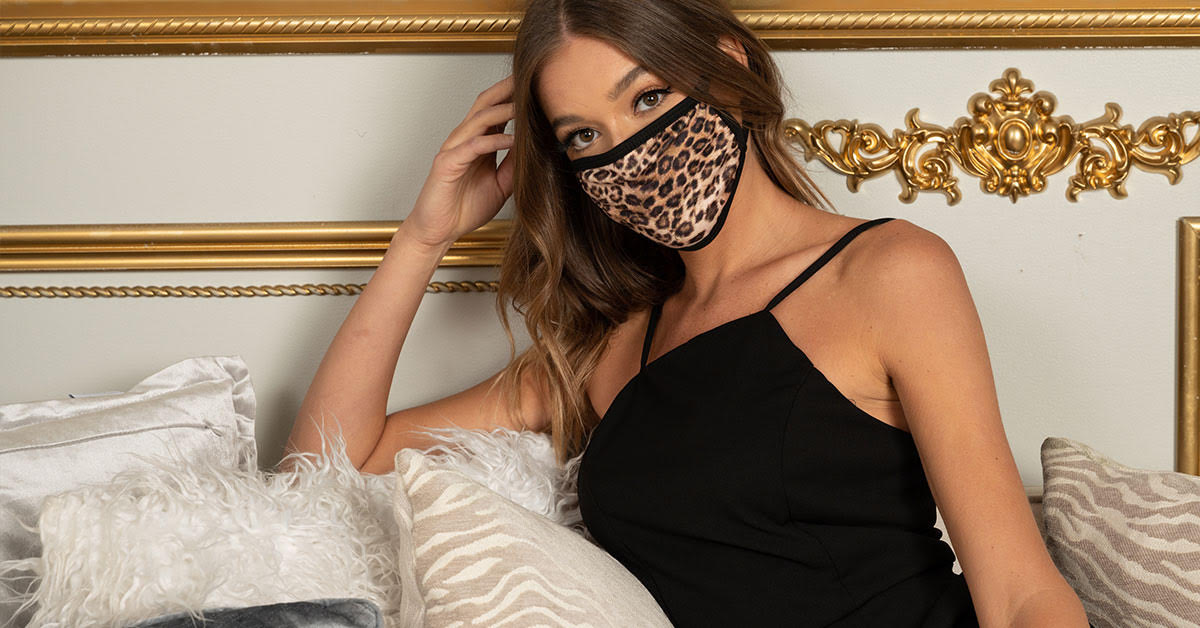
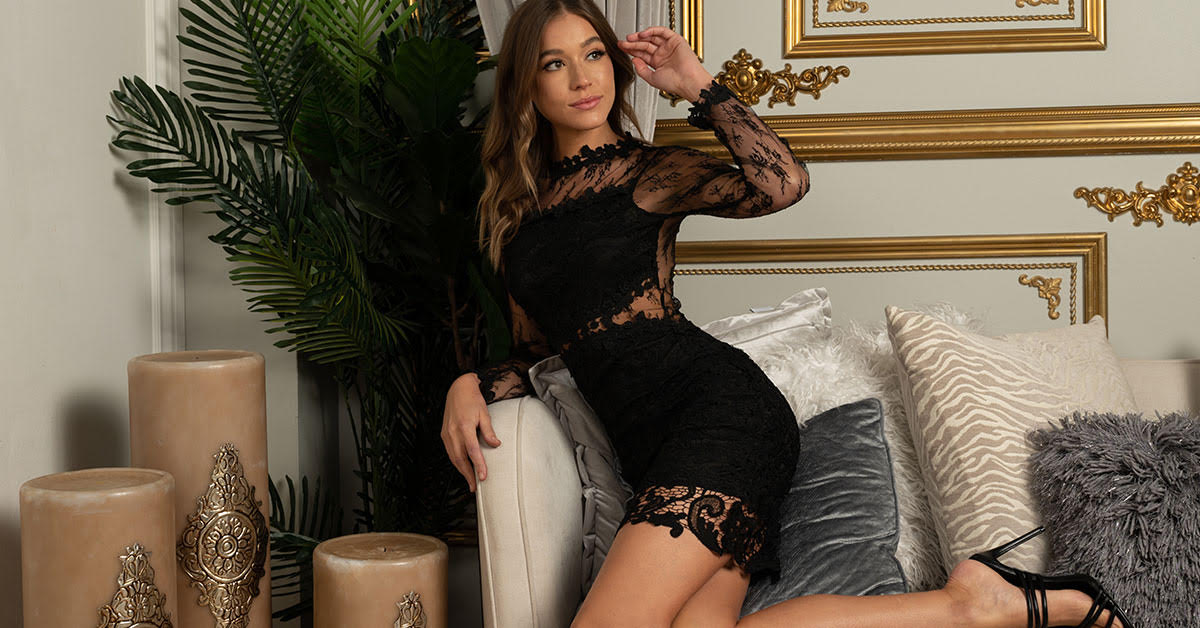
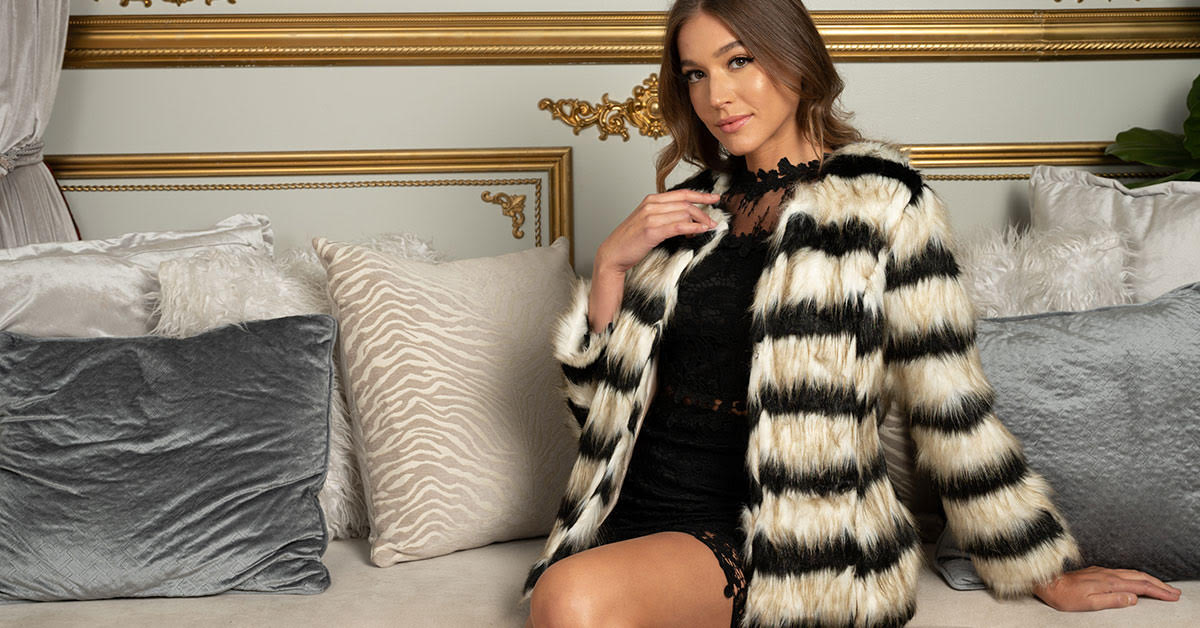
Pamela
Can a boutique owner relabel the clothes they buy wholesale?